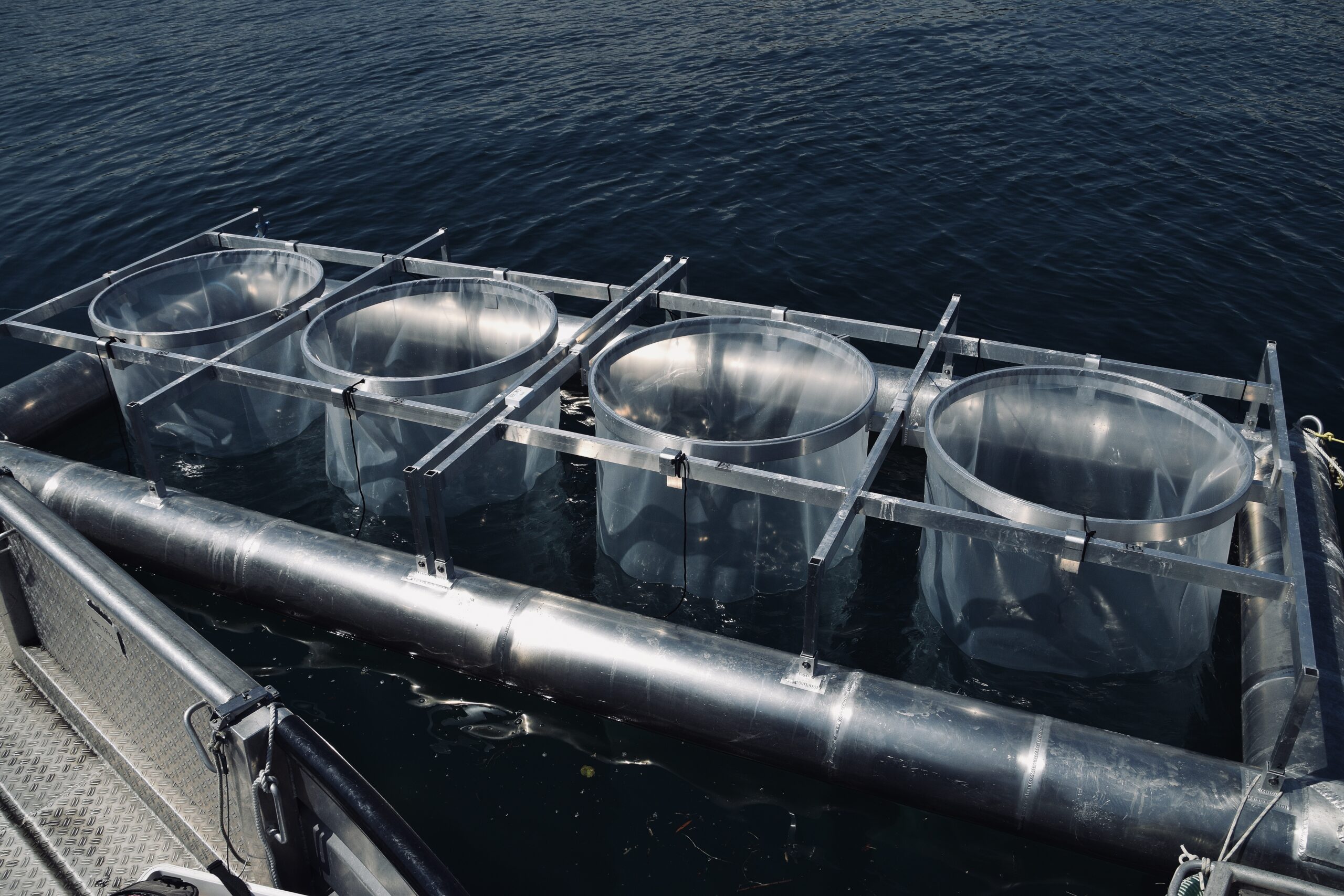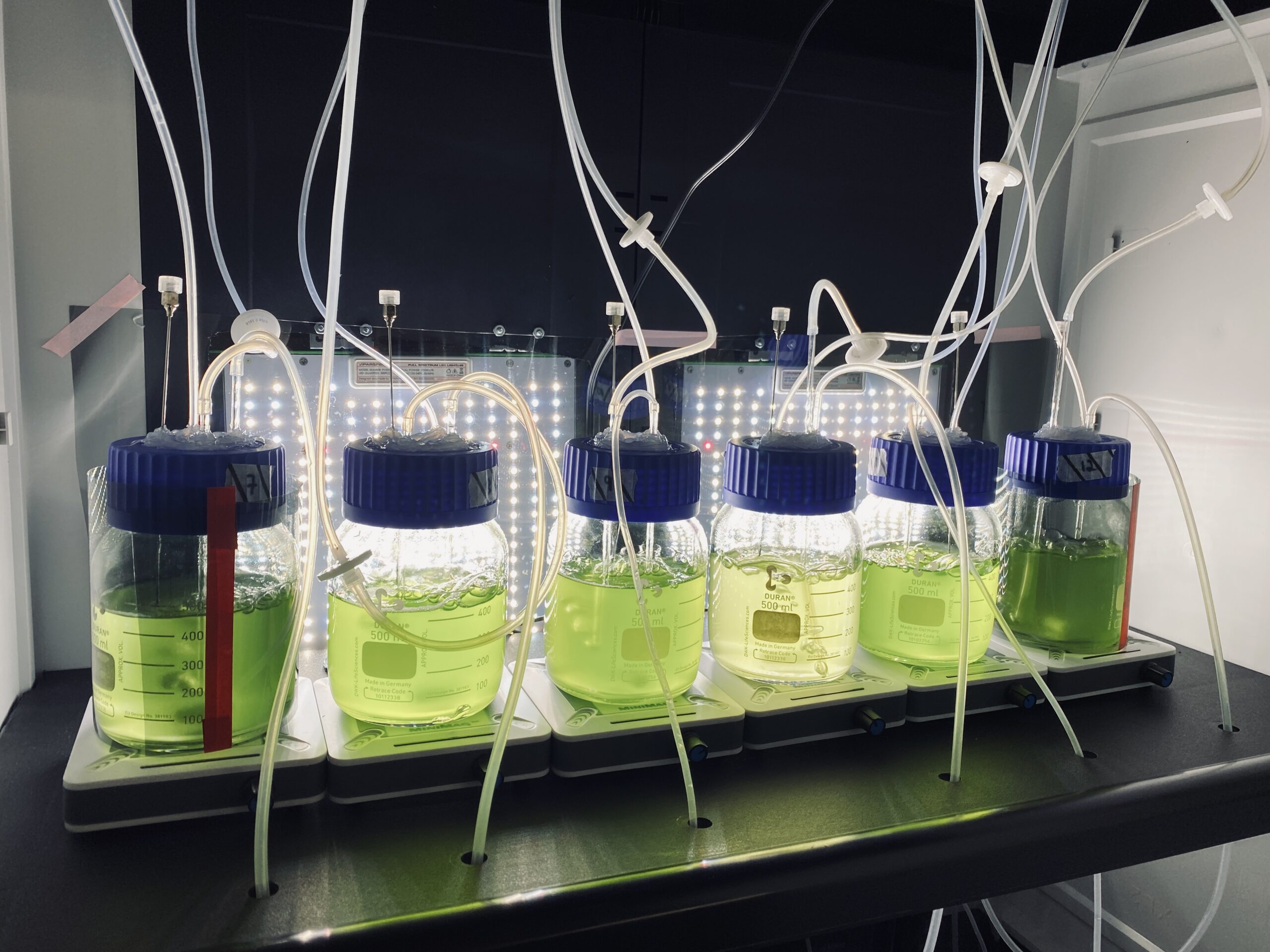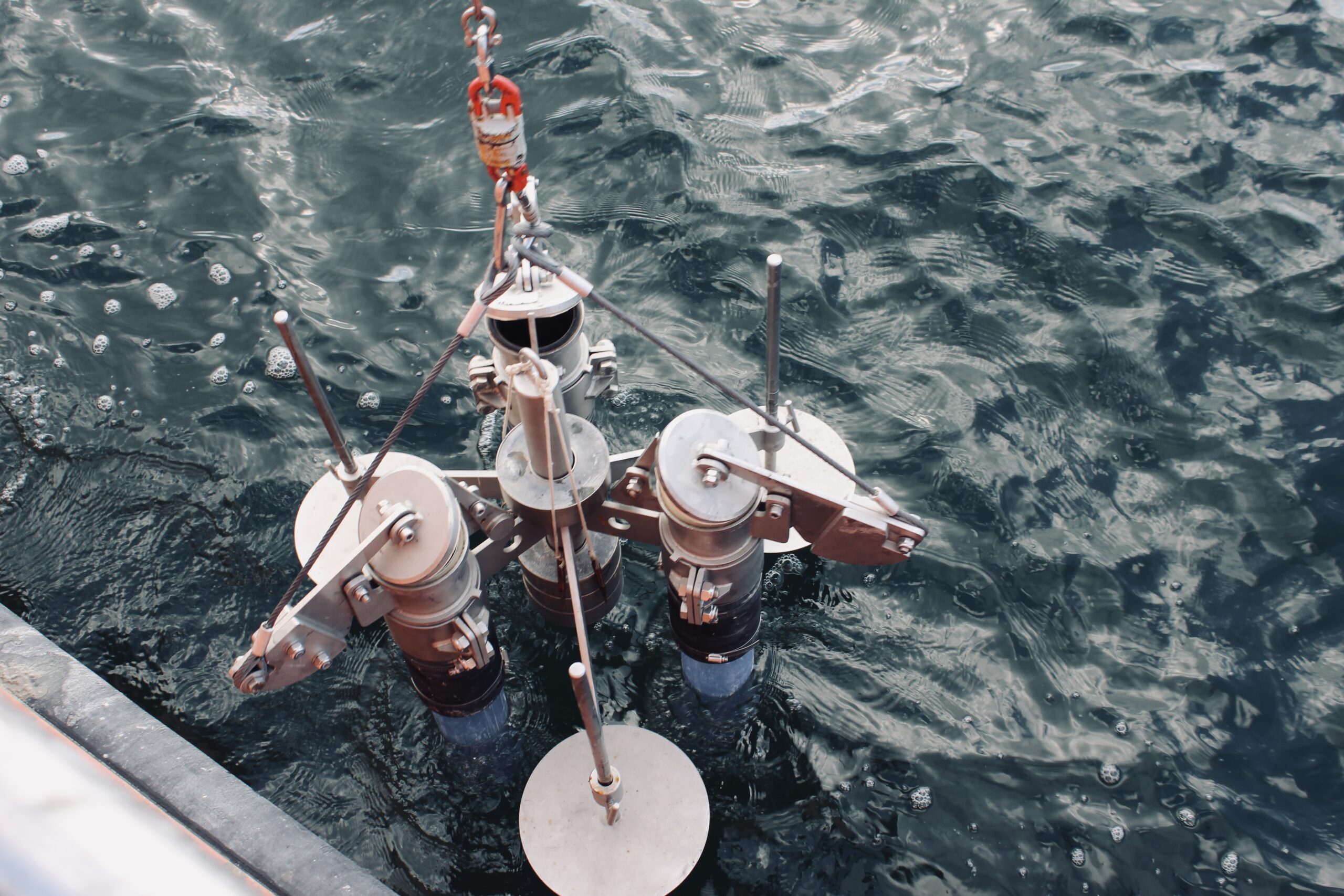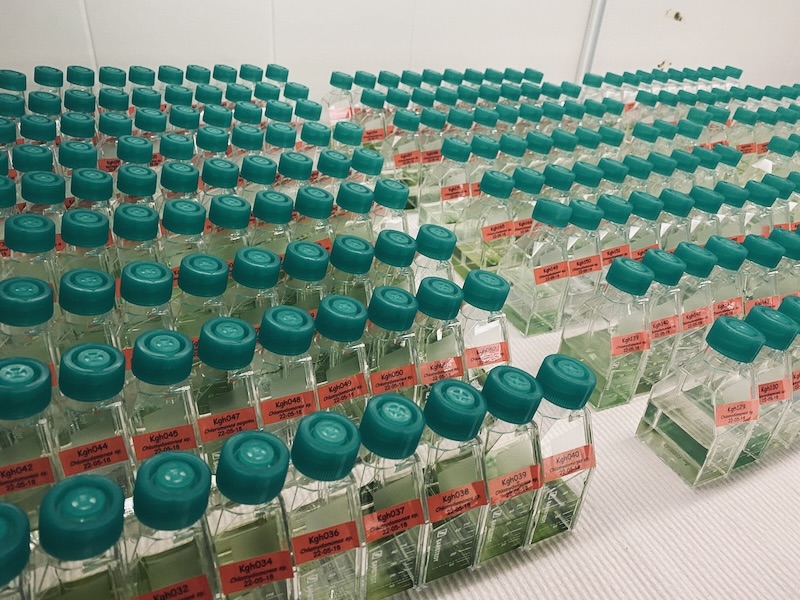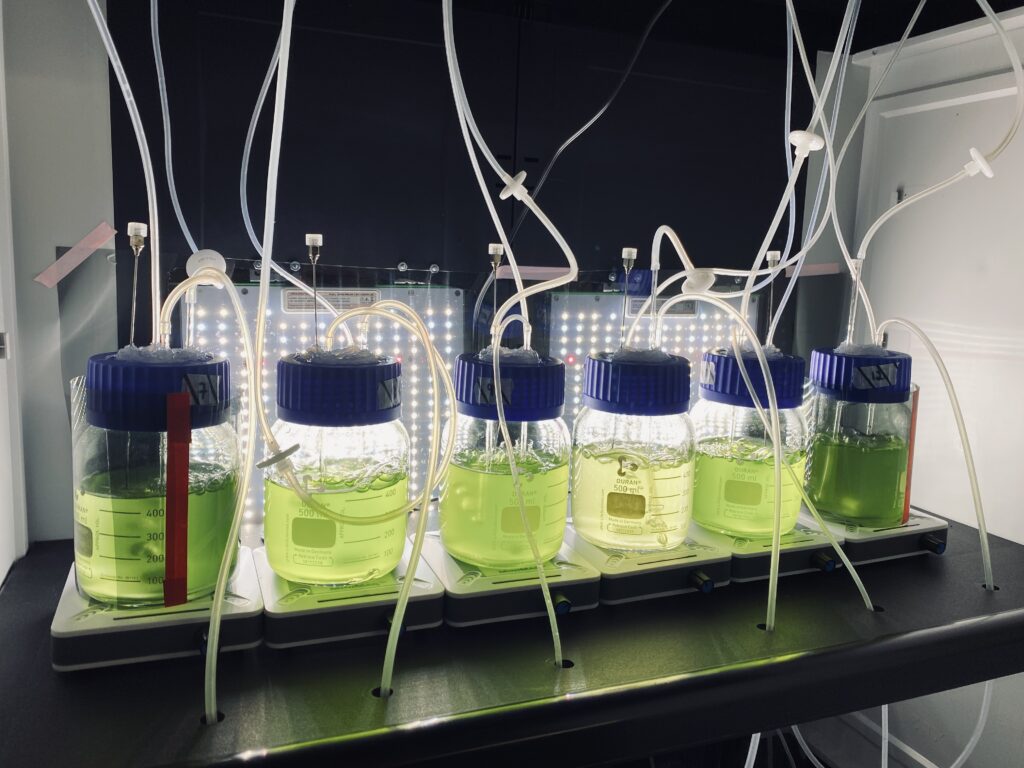A key component of the theory of ecological stoichiometry is the Growth Rate Hypothesis (GRH). The GRH states that variation in organismal stoichiometry (in particular, C:P and N:P ratios) is driven by growth-dependent allocation to P-rich ribosomal RNA that leads to differential increases in biomass P content. The GRH was originally formulated to help explain observed differences in C:N:P ratios of different species of zooplankton and has since been applied across a wide range of organisms. The GRH has found
broad but not uniform support in studies across diverse biota and habitats. In this project we investigated if there are fundamental rules that link the biochemical properties of cells to dynamical processes in eco- systems. We evaluated the GRH with intensive physiological, evolutionary, and ecological work on three model organisms that represent key ecological functional groups:
Pseudomonas putida (chemoheterotrophic decomposer), the green alga
Chlamydomonas reinhardtii (photoautotroph), and the crustacean
Daphnia pulex (primary consumer / herbivore).
